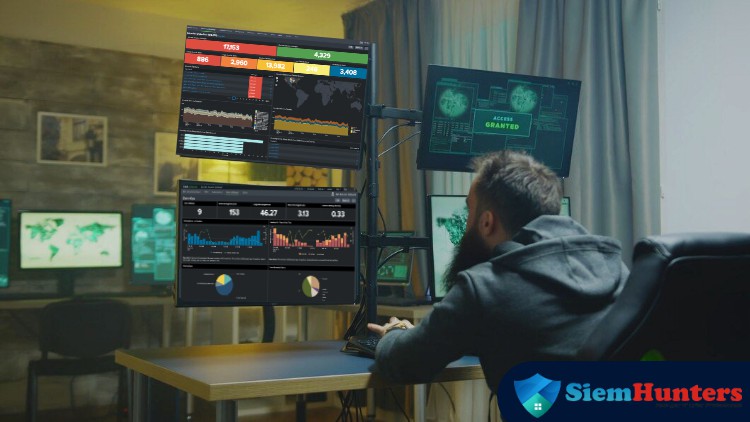1. Lab 1 - Cloud Agent deployment
2. Lab 2 - Agent Installation Components
3. Lab 3 - Command Line Installations Windows
4. Lab 4 - Command Line installations - MSI
5. Lab 5 - Validate CA installation & Locate HOST ID
6. Lab 6 - CA Log file & Troubleshoot
7. Lab 7 - Asset Details & Queries
8. Lab 8 - Windows Self-Protection feature
9. Lab 9 - Configuration and Tunning the cloud agent
10. Lab 10 - Scan-On-Demand VMDR
11. Lab 11 - De-Install (Activate, De-activate, Uninstall Agents)
12. Lab 1 - Account Setup & Application
13. Knowledge base & Search Lists
14. Lab 2 - Working with Knowledge base
15. Lab 3 - Working with SeachLists
16. Lab 4 - Working with Asset tags
17. Lab 5 - Working with Asset Search
18. Asset & Asset inventory
19. Asset Groups
20. Asset Tagging
21. Using Asset tags
22. Using Asset groups
23. Lab 6 - Working with Asset groups
24. Scan by Hostname
25. Vulnerability Assessment
26. Benefits of Vulnerability Assessment and Scanning
27. VM Life cycle and Sensors
28. Lab 7 - Working with Vulnerability Assessment
29. Lab 8 - Authentication Records
30. Lab 9 - Launch Scan
31. Scan Configuration
32. Scheduling Assessment Scans
33. View Scan results
34. Lab 10 - Scheduled Scans
35. User management
36. Lab 11 - Creating user account
37. Vulnerabilities Remediation
38. Lab 12 - Assign Vulnerability to User.
39. Lab 13 - Ignore Vulnerabilities
40. Lab 14 - Create Remediation Report
41. Report overview
42. Report overview
43. Lab 15 - Reporting
44. Lab 16 - Scheduled Reports
45. Lab 17 - Custom Report templates
46. Discounted Vouchers for CSA.html

